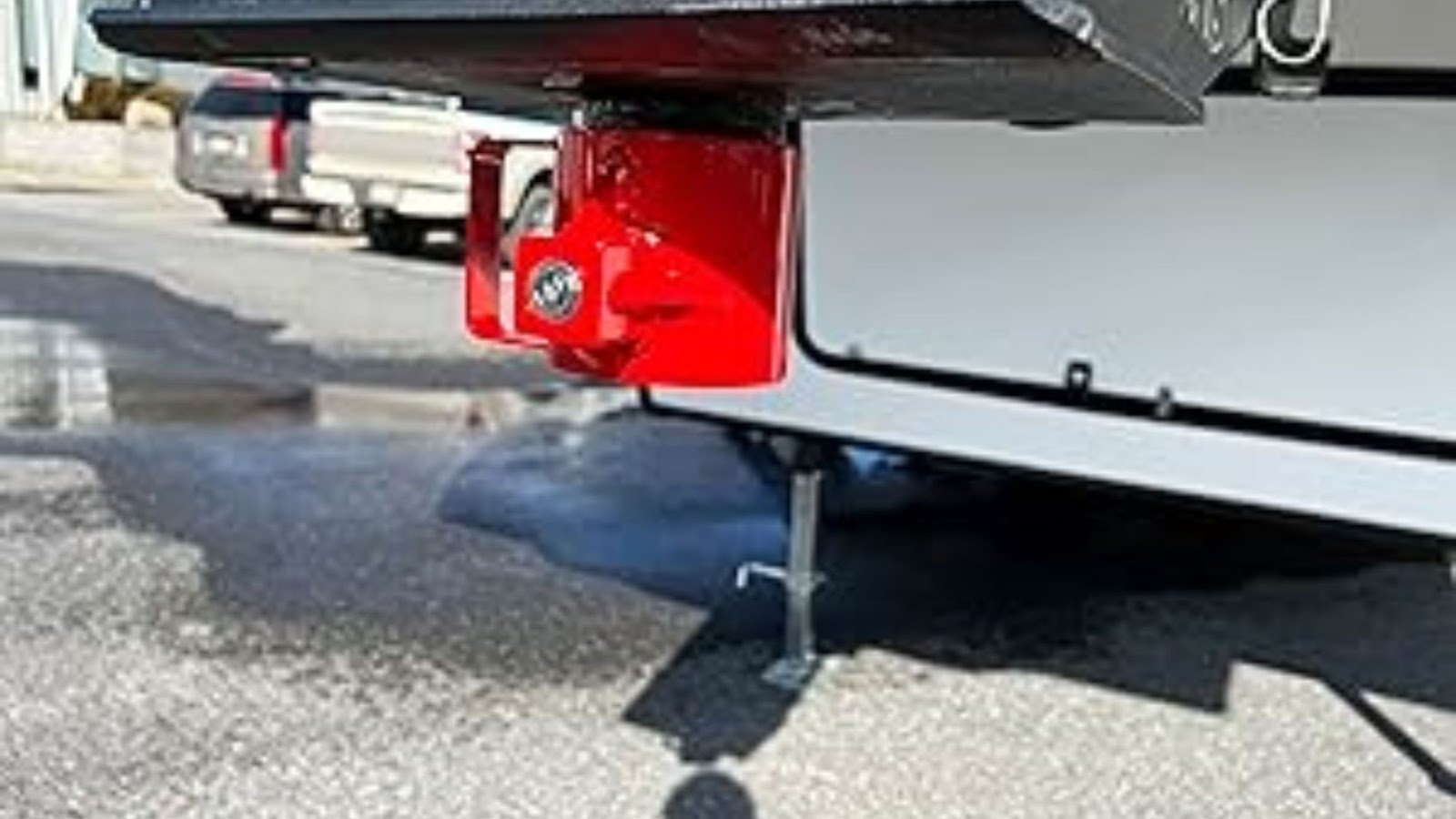Disability insurance for veterinarians protects their income in the event of an injury or illness that prevents them from working. The insurance can provide benefits for years if the veterinarian remains unable to practice, and this allows them to maintain financial stability. Key policy provisions include standardized definitions of disability, benefit and elimination periods, and renewable status. Here are some key factors to evaluate when choosing disability insurance for practicing veterinarians:
Policy Definitions for Veterinary Practice
The policy’s definition determines when income protection begins if the veterinarian is no longer able to practice veterinary medicine. An own‑occupation definition may provide full benefits if the veterinarian is unable to perform their specific professional duties, even if they could work in other jobs. Coverage should apply both on and off the job, including during relief work, inpatient care, or emergency care under professional income categories. Benefits cannot be denied due to non-veterinary employment if the policy language is clear. Definitions are tailored to specialized training, offering protection across small animal, mixed, and large animal practices. The clause should be assessed to make sure it aligns with the unique duties of veterinary professionals.
Coverage Options for Practice Owners
Veterinary practitioners who own their clinics can include overhead disability insurance to protect their business. Overhead coverage helps cover clinic expenses such as rent, utilities, and staff salaries if the veterinarian becomes disabled. This disability insurance for practicing veterinarians supports maintaining the practice’s value and facilitates an orderly transition in case of delayed return to work. Key features include coverage for legal and accounting costs related to business transitions. Additional flexibility comes from unused benefits and exchange privileges that may be carried forward. Combining individual income protection with tailored overhead disability coverage enhances long-term business stability.
Benefit Periods and Policy Riders
The benefit period determines how long monthly payments will continue in the event of a disability and can extend up to the veterinarian’s age limit. The elimination period varies based on income needs and employer policies. Adjusting the elimination period helps align benefit timing with available savings or short-term assistance. Extended benefit periods support prolonged recovery or long-term disabilities, especially with complicated illnesses. Choosing these options depends on risk tolerance and the need for continuity in practice. Comparing these factors helps professionals secure income relief if they are unable to work.
Policy riders enhance basic income protection by adapting to changing income or practice patterns. Future increase options allow benefits to grow with career advancement. A cost-of-living adjustment rider maintains benefit value during inflation. Residual disability coverage provides partial benefits when a practitioner can perform some, but not all, veterinary duties. The waiver of premium rider covers premium payments during qualifying periods of disability. These riders tailor policies to fit the realities of veterinary careers across diverse practice settings.
Underwriting Criteria and Insurer Reliability
Reliable disability coverage depends on the assurances provided by insurers regarding pricing, cancellation terms, and overall policy conditions. Policies that are non-cancellable and renewable help make sure that premiums and coverage are not changed unilaterally by the insurer. Veterinary-specific underwriting recognizes and rewards higher education levels and occupational risks without penalizing past claims related to veterinary work. An underwriter’s experience with veterinary professionals contributes to the efficient handling of claims within the specific medical context of the field. This level of consistency can lead to predictable, repeatable outcomes, even during employment changes or practice transitions.
Professional Resources and Support Services
Specialist advisors offer guidance on contract negotiation, practice acquisitions, and partnership transitions. Practice owners may also access support for group benefits planning and life insurance, along with various risk mitigation strategies. Consultants familiar with veterinary professional associations can recommend insurance packages aligned with membership benefits. Educational materials are available to help veterinarians understand policy options and the impact of specific riders. Enrollment support services promote a smooth transition from student coverage to full professional protection. Integrated services streamline the decision-making process at every stage of a veterinary career.
Find Disability Insurance for Practicing Veterinarians
When selecting disability insurance for practicing veterinarians, evaluating policy definitions and coverage duration is key for tailored protection. Comprehensive own-occupation plans, combined with customizable riders, provide flexibility to adapt to changes throughout a veterinary career. By aligning policy features with veterinary-specific risks and career paths, practitioners can obtain adequate income protection that supports both personal and practice-related needs. Contact a specialized insurance provider today to learn more about their policies for veterinarians.
You May Also Read: Understanding Car Accident Damages: What Counts in 2025










